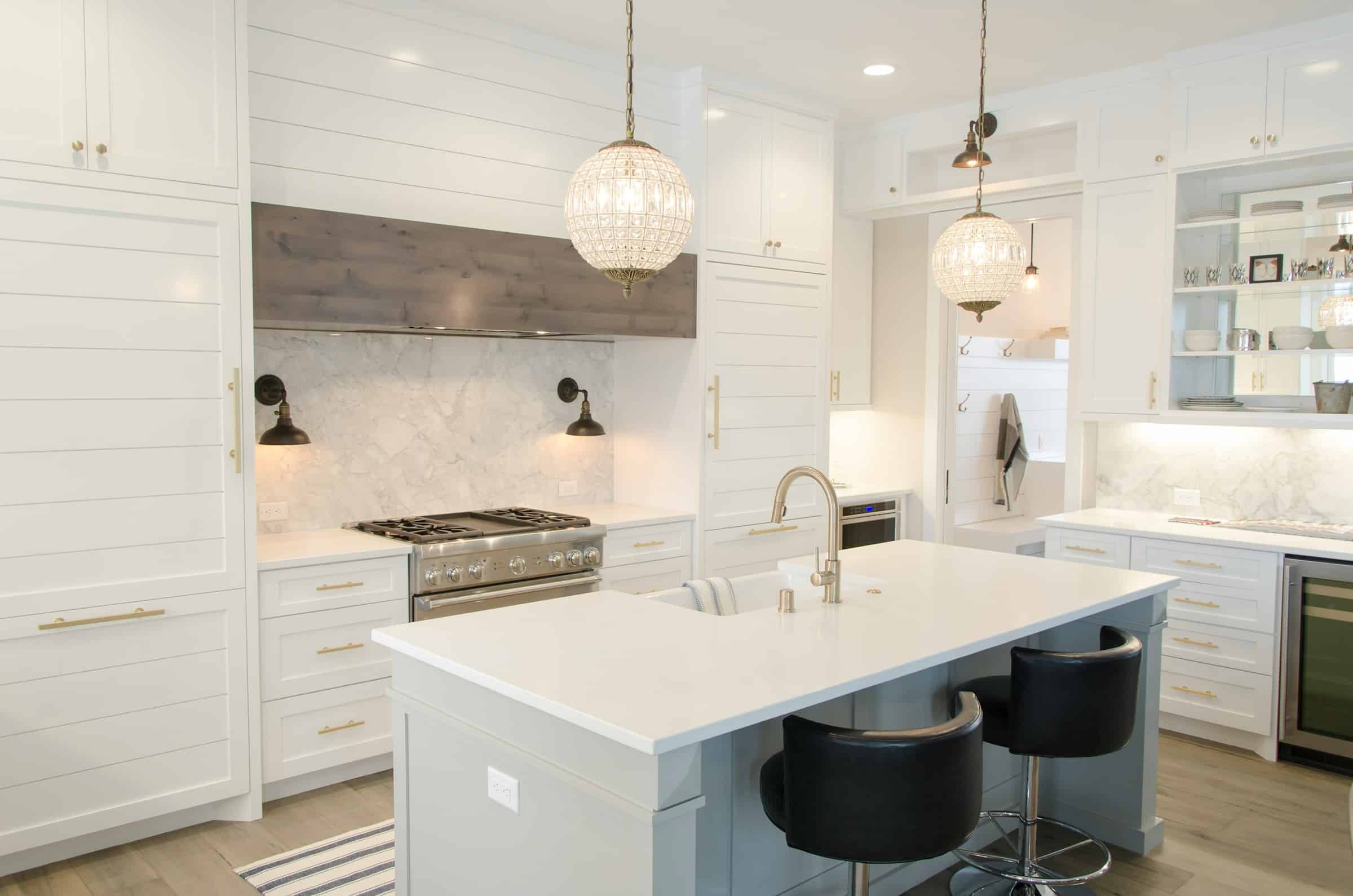How to Optimize a Split-Level Living Room for Family Movie Night with an In-Ceiling Projector?

Film aficionados and tech-savvy families alike know that nothing compares to the immersive experience of a home theater. But how can you transform your split-level living room into a cinematic paradise? With the right projector, screen, and a bit of know-how, you can elevate your movie nights to a whole new level. This guide will walk you through the process of optimizing your space for the best viewing experience, focusing on the use of an in-ceiling projector.
Selecting the Right Projector and Screen
In the world of projectors, not all machines are created equal. Choosing the right one for your theater will significantly impact the quality of your viewing experience. Your projector should match the size of your room, the color of your walls, and the amount of ambient light.
Also to see : What’s the Best Way to Create a Humidity-Controlled Wine Storage Under a Staircase?
In-ceiling projectors are a popular choice for split-level living rooms as they save space and can provide high-quality, large-scale images. When selecting a projector, consider its brightness and throw. Brightness, measured in lumens, determines the projector’s ability to compete with ambient light. The higher the lumens, the brighter the projector can shine.
Throw refers to how wide an image a projector can display at a certain distance. For small to mid-size rooms, a short-throw projector will work best. For larger spaces, a long-throw projector may be necessary.
Also read : What’s the Best Method for Creating a High-Yield Indoor Aquaponics Herb Garden?
Next, consider the projection screen. A screen will enhance the image quality and colors of your projector’s display. Additionally, screens come in various materials and textures, influencing the brightness and color accuracy of your projected image. Your choice of screen will depend on your room’s size, light control, and your projector’s brightness.
Managing Lighting for Optimal Viewing
Light management is critical for creating a theater-like environment. Even with the highest-quality projectors and screens, too much ambient light can wash out colors and reduce image quality. Therefore, it’s essential to control the light in your split-level living room.
Start by considering natural light sources. If possible, install blackout curtains or shades to reduce the impact of sunlight. Next, look at artificial light sources such as lamps, ceiling lights, and even indicator lights on electronics. Dimmable lights are an excellent choice for a home theater as they allow for precise control over the room’s brightness.
Even with light controlled, consider using bias lighting – a soft light behind the screen that reduces eye strain and enhances perceived image contrast. It can be as simple as a dimmable LED strip placed behind the projection screen.
Optimizing Wall and Room Color
While it might seem insignificant, the color of your walls and room can significantly impact your viewing experience. Light-colored walls can reflect projector light, causing glare and washing out the image.
For the best results, aim for darker, neutral colors on the walls and ceiling of your theater room. Not only will this absorb excess light, but it also won’t distort the colors of your projected image. For a truly professional touch, consider installing dark carpeting or rugs to further reduce light reflection.
Positioning and Installing Your In-Ceiling Projector
The projector’s position can affect the image quality, size, and brightness. An in-ceiling projector should be installed centrally and perpendicular to the screen for the best results. The distance from the projector to the screen will depend on the projector’s throw ratio.
In split-level living rooms, you’ll need to consider the effect of the room’s layout on the projector’s position. For example, a lower-level seating area could require a higher projector placement to ensure an unobstructed view for all viewers.
Ensure the projector is securely mounted – professional installation might be a wise investment to ensure safety and optimal positioning.
Setting Up the Perfect Seating Arrangement
A home theater isn’t all about projectors and screens – the seating arrangement also plays a crucial role in your movie night experience. The best seats should be centered on the screen with a clear, unobstructed view of the projected image.
In a split-level living room, you have the unique advantage of creating a tiered seating arrangement, much like a traditional movie theater. This allows for better viewing for everyone, regardless of where they’re seated.
Remember, everyone should feel comfortable during movie nights. Therefore, invest in quality seating with adequate padding and support. Consider recliners for a truly luxurious cinema experience.
A well-optimized split-level living room with an in-ceiling projector can provide a superior movie night experience. By carefully selecting your projector and screen, managing your room’s lighting and color, positioning your projector correctly, and setting up a comfortable seating arrangement, you’ll have a home theater that rivals any commercial cinema. Enjoy the show!
Choosing the Right Sound System
Once you’ve made the best choices in projectors, screens, and lighting, pay attention to the sound system. Similar to the visual elements of your home theater, the sound system needs to be carefully selected and optimized for the best movie viewing experience.
Sound is a crucial part of the cinematic experience. It helps to build the atmosphere, tell the story, and make you feel immersed in the film. Therefore, in your split-level living room, consider investing in a high-quality surround sound system that will deliver clear, powerful sound from all angles.
The two main types of home theater sound systems are 5.1 and 7.1 channel systems. The 5.1 system includes five speakers and one subwoofer, while the 7.1 system has seven speakers and one subwoofer for deeper, more resonant base sounds. Depending on the size of your room and your sound preferences, either system could work well.
Placement of your speakers is also important. Ideally, speakers should be placed at ear level when seated and spread out around the room for optimal sound distribution. The center speaker, crucial for dialogue, should be positioned directly below or above the screen.
Lastly, consider the acoustics of your room. Hard surfaces can cause sound to bounce, creating echoes. To minimize this, add some soft materials into your design, such as rugs, curtains, or even acoustic panels.
Conclusion: Enjoy Your Ultimate Home Theater
In conclusion, optimizing a split-level living room for family movie night using an in-ceiling projector requires careful attention to many factors. From choosing the right projector, screen, and sound system to managing ambient light, optimizing room color, positioning your projector perfectly, and setting up a comfortable seating arrangement, each step is crucial.
Remember the importance of the projector’s features, such as its brightness (measured in ANSI lumens), throw distance, and of course, the aspect ratio to match your chosen screen size. Don’t forget about controlling both natural and artificial light sources to enhance picture quality, and how wall color can significantly influence your viewing experience.
Your seating arrangement, complete with comfortable, supportive seating, is also a key part of the equation. And, of course, don’t overlook the impact of a robust sound system – because what’s a movie without great sound?
However, the most important thing is that you enjoy the process. After all, setting up your home theater should be as much fun as using it. So grab your remote control, dim the lights, and get ready to enjoy movie night in your very own home theater. The magic of the movies is waiting for you. Enjoy the show!
